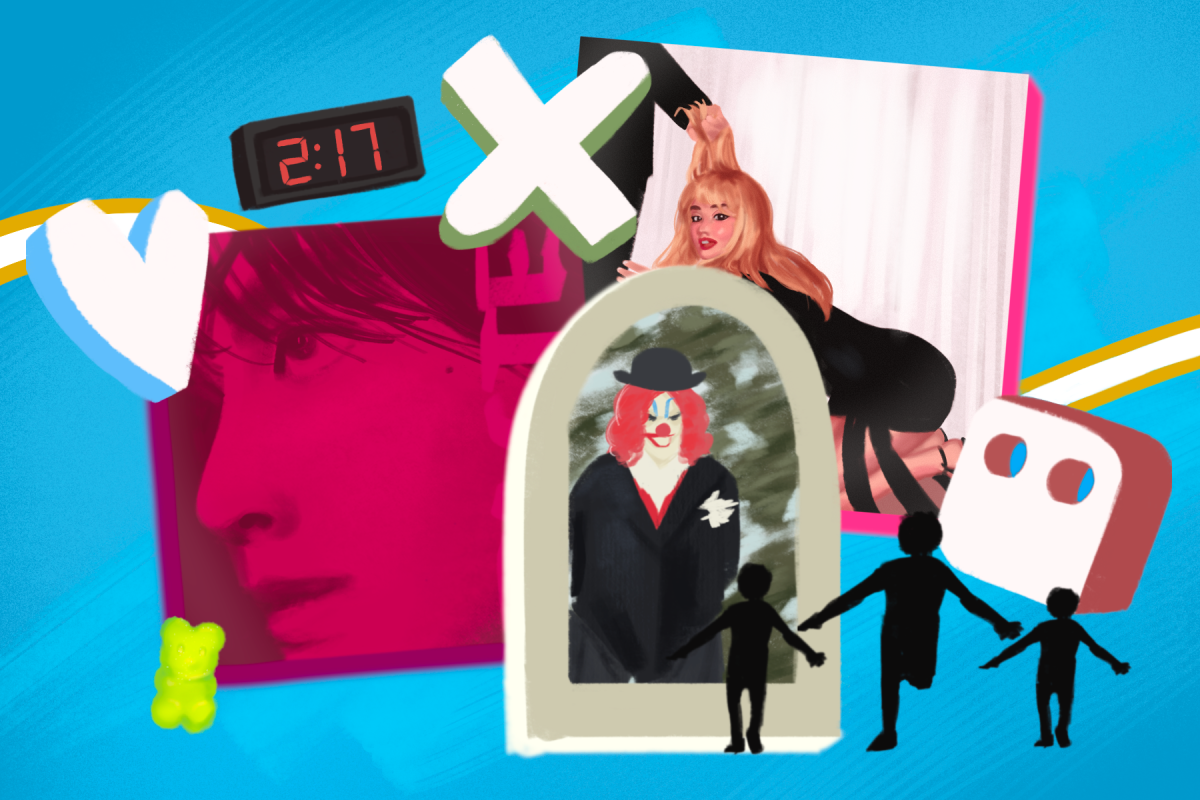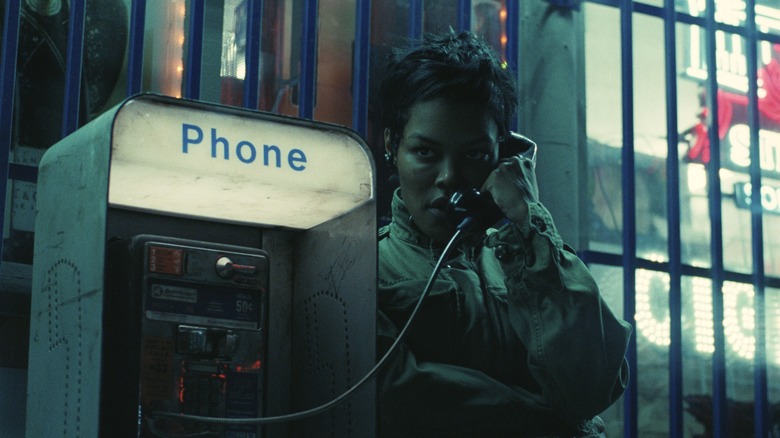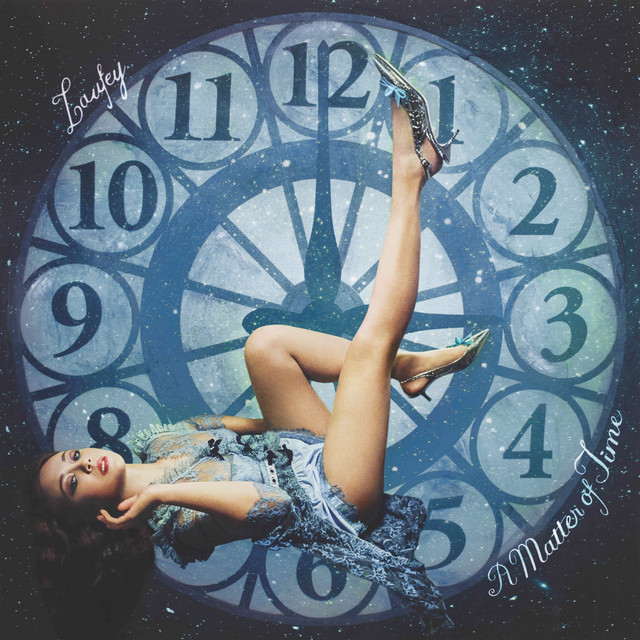Since making her magical, Theatre World Award-winning Broadway debut as Daniel Radcliffe’s love interest in 2011’s “How to Succeed in Business Without Really Trying,” Rose Hemingway has delighted the musical stage as an adorable gamine. But her first appearance at the Old Globe departs from not only musical theatre but also her usual portrayals of sweet-natured naivete: In the family drama “Time and the Conways,” she plays the haughty, yet fun-loving snob, Hazel Conway. Hemingway spoke with the UCSD Guardian about preparing for the role and the play’s applicability to the modern day.

Guardian: In “Time and the Conways,” it really felt like you and the rest of the cast had known each other for a long time. How did you all capture that kind of dynamic?
Rose Hemingway: What was so interesting for us in this rehearsal process is that a lot of the text work and the research we did, we brought to the table and discussed together as a group so that everybody in the cast knows everybody else’s backstory more intimately than you might in other plays. [Director] Rebecca [Taichman] was really a believer in this, that all the characters would be that intimate with each other because they’re a family.
G: What has been the greatest challenge working on “Time and the Conways”?
RH: Being away from my husband [fellow actor Geoffrey Hemingway]! … Other than that, I had a hard time initially [with] Hazel. … In a lot of ways, she’s kind of an unsavory character. … It’s the very first time I’ve had the opportunity to work on a character that wasn’t the ingenue, the protagonist that everybody loves. … Initially, I kept trying to make her likeable. I had to fight myself — “She’s not so bad!” I wanted to find these lovely qualities in her. … In the end, I hope I was able to use those instincts to find her inner beauty. … It’s been a lovely challenge, and I’m glad I’ve had the opportunity. Now, it might not be so easy being the sweet, good girl all the time!
G: What is your interpretation of the play?
RH: [J.B. Priestley] was taking J.W. Dunne’s theories on time and using it to put up a mirror for people of that time in England, to say, “If this is how you value life, if you think of yourselves as upper class, that … what’s important is my wealth and my status, this is not a way to live your life.” It’s more of using [the theories] as a tool to reflect on more tangible values and beliefs that [Priestley] held as far as politics and society and culture went in the time. … It was written just as World War II was just about to begin, so these things were probably very, very pressing. … It’s so interesting to think he didn’t even know how bad it was going to get. I think all of those themes can still be valued today.







